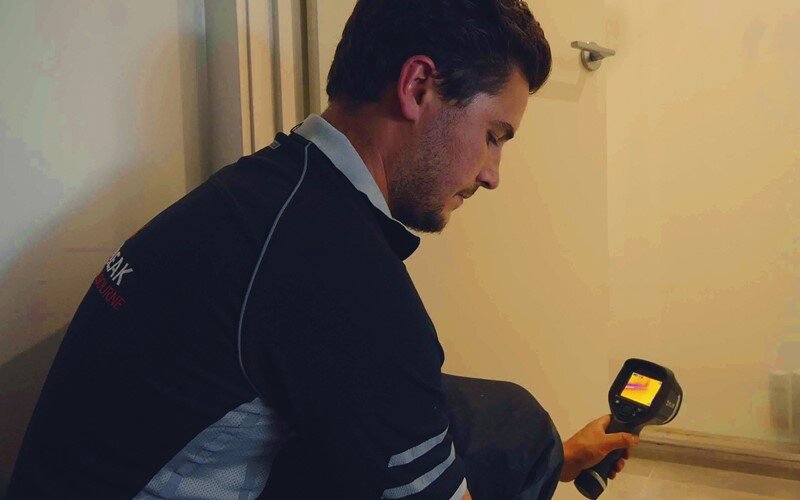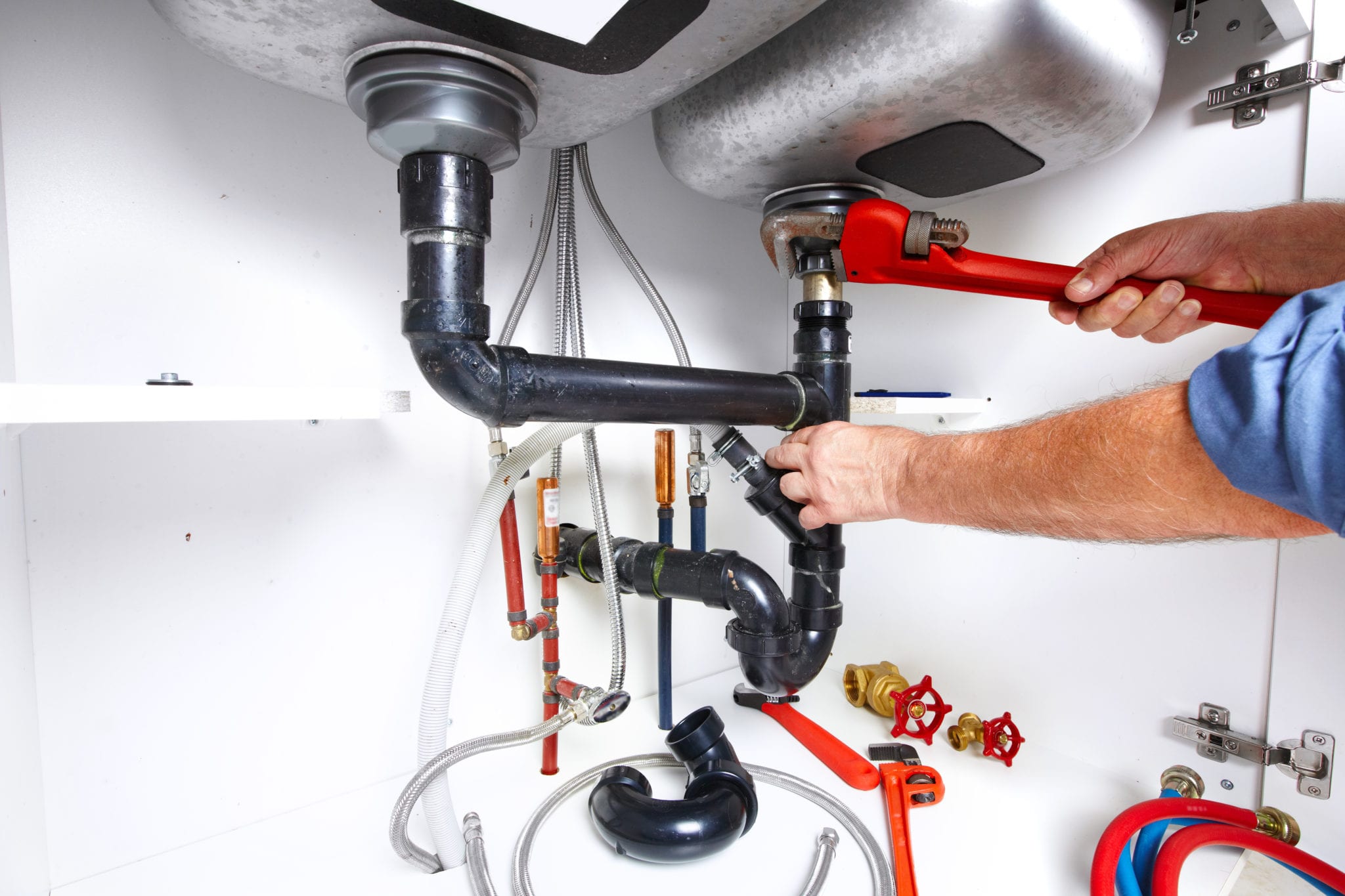Here below you can locate more superb resources with regards to Detecting hidden plumbing leaks.

Early discovery of dripping water lines can alleviate a potential calamity. Some little water leakages might not be visible.
1. Examine the Water Meter
Every house has a water meter. Examining it is a surefire way that assists you discover leaks. For beginners, switch off all the water sources. Guarantee nobody will certainly purge, utilize the tap, shower, run the washing machine or dish washer. From there, go to the meter as well as watch if it will certainly transform. Considering that no person is using it, there need to be no motions. If it moves, that indicates a fast-moving leakage. If you discover no modifications, wait an hour or two and examine back again. This indicates you might have a slow-moving leak that could even be below ground.
2. Inspect Water Consumption
Assess your water costs as well as track your water consumption. As the one paying it, you need to see if there are any type of discrepancies. If you detect sudden changes, despite your consumption being the same, it suggests that you have leaks in your plumbing system. Remember, your water bill need to drop under the very same range each month. An abrupt spike in your costs indicates a fast-moving leak.
A steady boost every month, even with the same habits, reveals you have a slow-moving leakage that's also gradually escalating. Call a plumber to completely check your residential property, especially if you feel a warm location on your flooring with piping below.
3. Do a Food Coloring Examination
30% comes from toilets when it comes to water intake. Examination to see if they are running effectively. Decline specks of food shade in the tank as well as wait 10 minutes. If the shade in some way infiltrates your dish during that time without flushing, there's a leak in between the container and also dish.
4. Asses Exterior Lines
Do not fail to remember to check your exterior water lines too. Ought to water permeate out of the connection, you have a loose rubber gasket. One small leakage can squander lots of water as well as increase your water bill.
5. Check and also Analyze the Scenario
Home owners need to make it a behavior to check under the sink counters as well as also inside cupboards for any type of bad odor or mold growth. These two warnings show a leakage so timely attention is required. Doing regular evaluations, even bi-annually, can conserve you from a major trouble.
Examine for stainings as well as deteriorating as many devices and pipes have a life span. If you believe leaking water lines in your plumbing system, don't wait for it to rise.
Early detection of leaking water lines can minimize a potential calamity. Some small water leakages may not be visible. Examining it is a proven method that aids you find leaks. One little leak can throw away bunches of water as well as surge your water bill.
If you suspect dripping water lines in your plumbing system, do not wait for it to rise.
WARNING SIGNS OF WATER LEAKAGE BEHIND THE WALL
PERSISTENT MUSTY ODORS
As water slowly drips from a leaky pipe inside the wall, flooring and sheetrock stay damp and develop an odor similar to wet cardboard. It generates a musty smell that can help you find hidden leaks.
MOLD IN UNUSUAL AREAS
Mold usually grows in wet areas like kitchens, baths and laundry rooms. If you spot the stuff on walls or baseboards in other rooms of the house, it’s a good indicator of undetected water leaks.
STAINS THAT GROW
When mold thrives around a leaky pipe, it sometimes takes hold on the inside surface of the affected wall. A growing stain on otherwise clean sheetrock is often your sign of a hidden plumbing problem.
PEELING OR BUBBLING WALLPAPER / PAINT
This clue is easy to miss in rooms that don’t get much use. When you see wallpaper separating along seams or paint bubbling or flaking off the wall, blame sheetrock that stays wet because of an undetected leak.
BUCKLED CEILINGS AND STAINED FLOORS
If ceilings or floors in bathrooms, kitchens or laundry areas develop structural problems, don’t rule out constant damp inside the walls. Wet sheetrock can affect adjacent framing, flooring and ceilings.
https://www.servicemasterbyzaba.com/blog/how-to-detect-water-leakage-in-walls/

I'm just very curious about Locating water leaks and I hope you appreciated the entire blog posting. Do you know about someone else who is involved in Finding hidden leaks? Why not share it. Thank-you for taking the time to read it.
Dial for results!